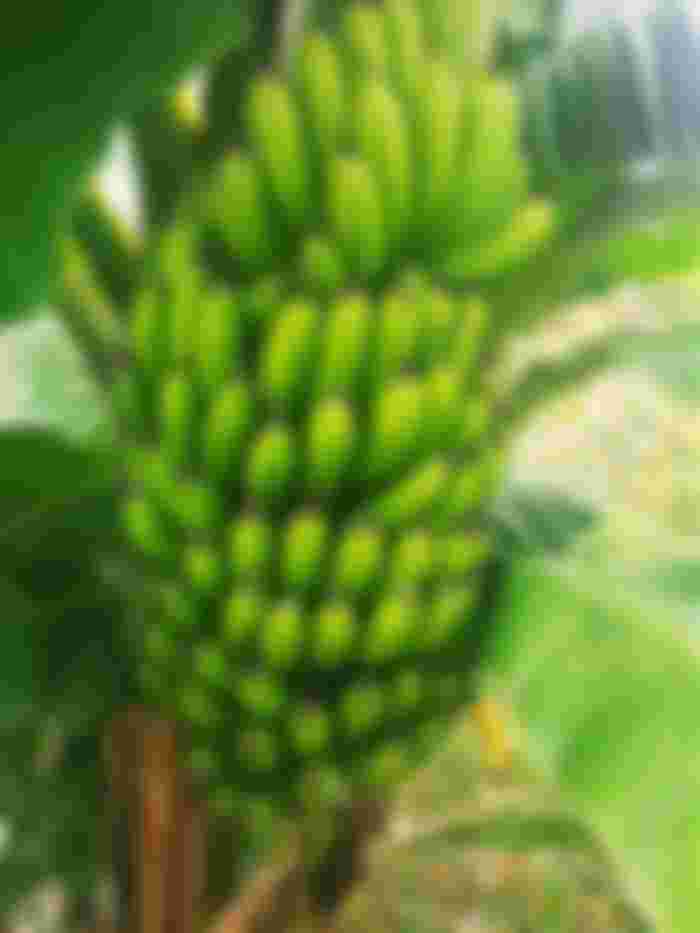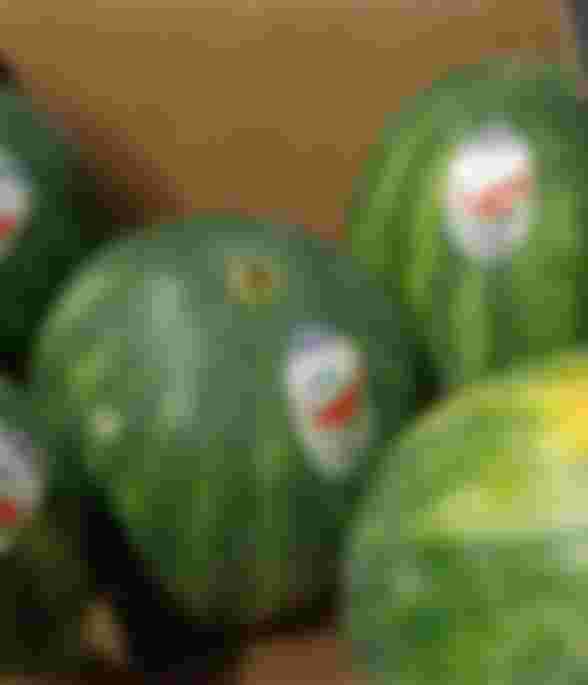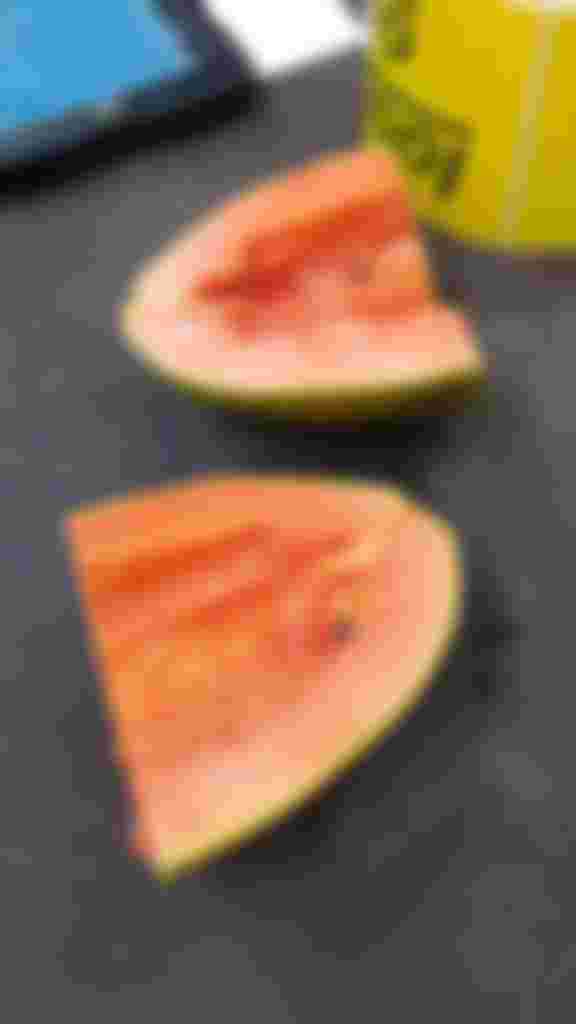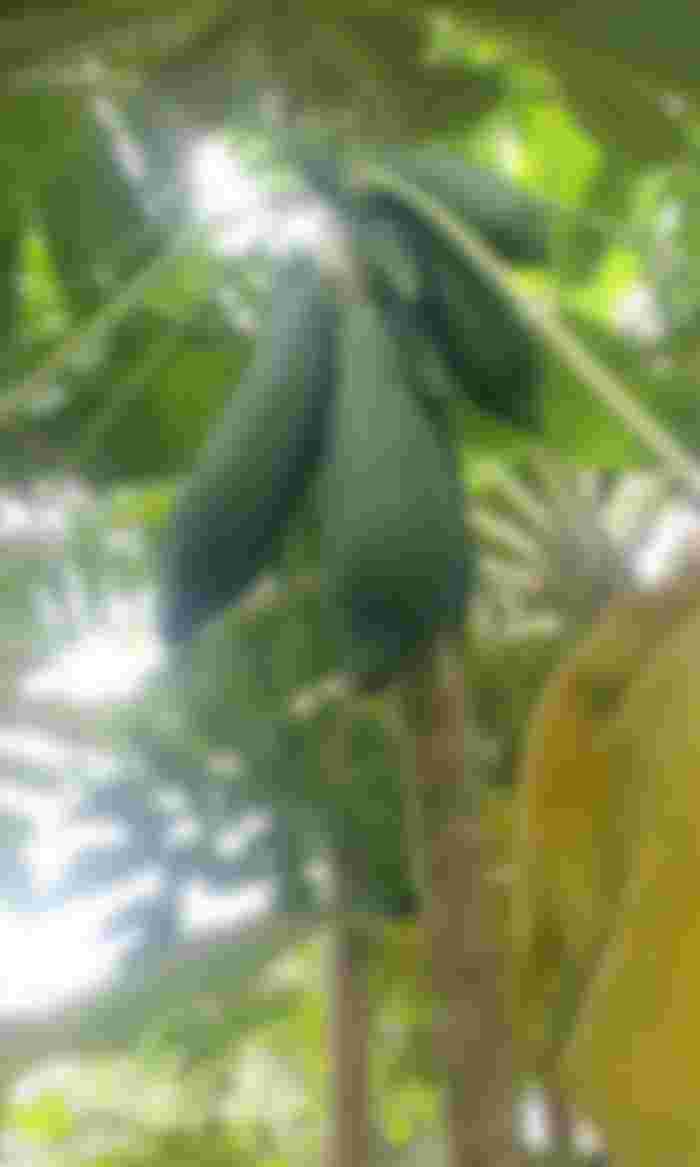As usual, I begin this writing by complying with the invitation I made in chapter 07 of my Notes.
Tropical Fruits

Bocado Mango Tree
The tropics were blessed by nature to give us a great variety of fruit plants. These fruits, with their subtle and varied flavors, are attracting increasing interest worldwide.
Fruits of the World


I am going to start with one of the most popular fruits that is cultivated in all tropical regions, the banana (Musa sp), a herbaceous plant of the musaceous family. Everyone knows its elongated, slightly curved fruit with smooth, yellow skin that is consumed as fresh fruit. There are many varieties of bananas and their size ranges from 5 to 30 cm long.
The banana, which is very rich in sugar and potassium, originated in Indonesia. Its cultivation spread rapidly, by 1000 BC, it was already known in Africa.
The fruits are harvested before ripening, when they are still green, and can be brought to maturity with the use of a natural gas called ethylene.
India is the world's leading producer, the second and first in America is Ecuador.
In my house we eat bananas every day, fried, baked, as fresh fruit. I also use their peels as a source of potassium (K) for garden plants and our family garden.


Soursop (Annona muricata) is large, green in color and with soft spikes, its pulp is white, cottony in texture, sweet in taste and with black seeds.
It is a broad-leaved tree, evergreen, native to tropical America, belongs to the Annonaceae family.
It is widely consumed as fresh fruit, but also in milkshakes, ice cream and in confectionery where it is used to make a rich cream for filling cakes and other delicacies.
Soursop leaves are attributed medicinal properties such as anti-carcinogenic and anti-inflammatory, although scientifically this is not proven.
Its production and consumption is considered rather local, i.e. there are no statistical records of production by country.
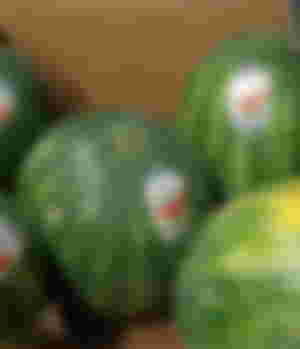

Watermelon (Citrullus lanatus) is an annual herbaceous and creeping plant. It produces dark green to light green spherical fruits, these fruits can measure up to 60 cm in diameter and weigh up to 10 kg, its pink or red pulp is very juicy and has a pleasant taste, it is my favorite fruit to take to the beach because it transmits freshness!
This plant was cultivated in Egypt, in the Nile valley about 4000 years BC. China is the world's largest producer, while the United States of America is the second largest producer in the world and the first in America.

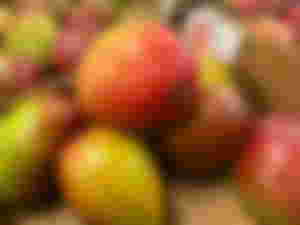
The mango (Mangifera indica), a tree that belongs to the family of cashew trees, is a popular fruit all over the world. Oval in shape, its yellow to orange flesh is fibrous, juicy and sweet.
It is rich in vitamins A and C, and offers a pleasant shade during the hottest hours of the day. Although originating in India, which is the world's leading producer, the mango is found in all tropical regions of the world.
In Venezuela, due to the difficult economic-food situation, its consumption has become so popular that they call it "the chicken of the poor". I particularly like to eat it directly as a fruit, in meringues and I also prepare the so-called "mango jelly" made with green mangoes.
In our country some grafted varieties are cultivated that are large in size and used to be exported especially to the Dutch Antilles.


The coconut palm is a palm tree native to Southeast Asia that can reach up to 20 - 30 m in height. It grows on tropical coasts, where it is cultivated for its fruit, the coconut.
This fruit is a large oval drupe of a single oval seed, inside it a white pulp rich in lipids, copra, is consumed fresh, as is the water it contains which is very refreshing.
The dried almond is called copra and coconut oil is obtained, before reaching this state the almond can be grated and used in confectionery; I prepare what I call "coconut canned oriental", the oriental is for the region where I learned to make the canned.
The Philippines is the world's leading producer of coconut, along with Indonesia. It is believed that the great spread of coconut in all these islands and coasts in general was due to the particularity of the fruit to float on water.
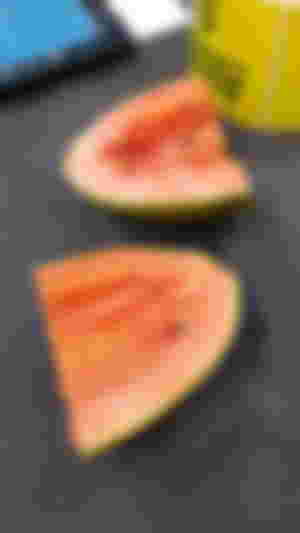
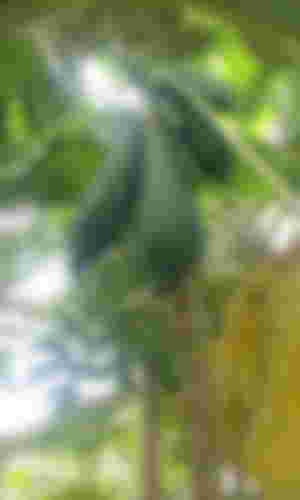
The Lechosa (Carica papaya), is of the family of the caricáceas, in many places it is as popular as the mango or the banana. It is recognized by its naked stem and ornamented by foliar scars, its fruits hang from the trunk. The lechosa, also called Papaya, is native to Central America, but still grows and is produced in all tropical regions; It has a pulp ranging from yellow to orange with abundant grayish seeds.
Brazil is the world's largest producer, with Nigeria in Africa being the second and India in Asia the third largest producer.
Milkweed contains an enzyme called Papain which has anti-inflammatory properties and many other uses.
I also use it in its green state as a meat tenderizer. Among many other uses.
The seeds contain the enzymes papain and chymopapain, which has the ability to eliminate intestinal parasites. My friend Trina Esparza, Agronomist Engineer, did her thesis on this subject.
Dear readers I invite you to join me in my next writing where I will be dealing with stimulant plants and Spices.

Original photographic supports and writing by Oizaguirres for read.cash.


